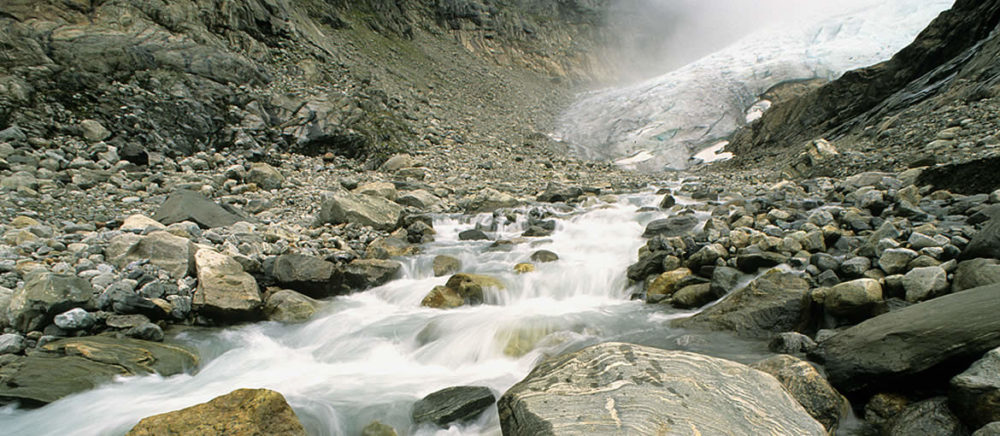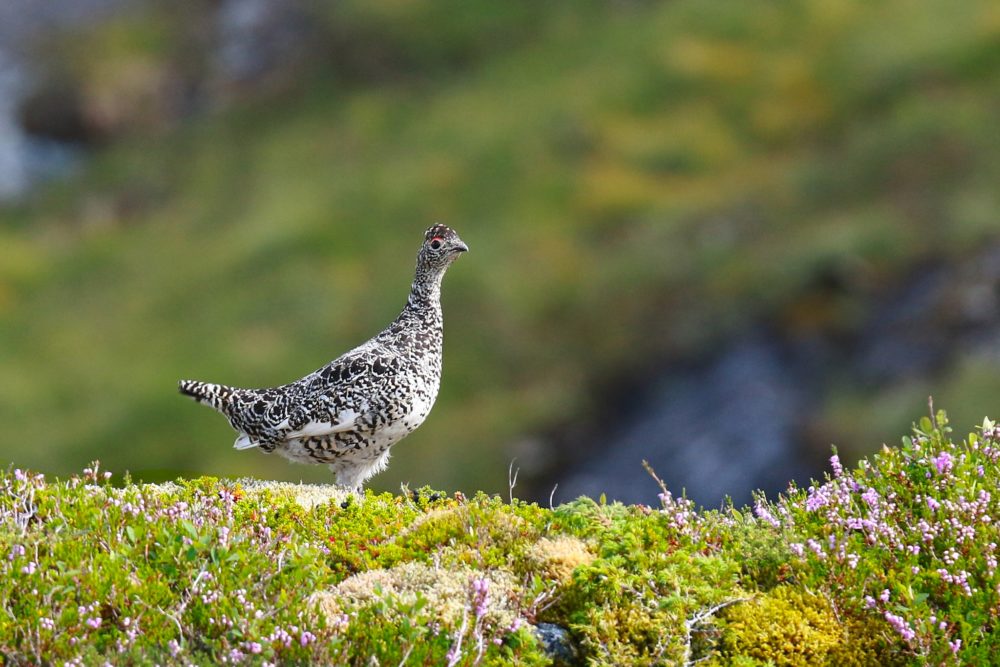About the national park
Folgefonna, the third largest glacier on mainland Norway, is the heart of the national park. Exotic and dramatic, this magnificent glacier has drawn tourists since 1833. Here are glacier tongues and icefalls, wild valleys, and raging rivers of rushing meltwater and scenic summer pastures.
Folgefonna is actually many glaciers
Folgefonna actually consists of three glaciers: Nordfonna, Midtfonna and Sørfonna, as well as numerous tiny glaciers, altogether covering a total of 207 km2. Measurements show that the glacier is almost 400 metres at its thickest, and at its highest point annual precipitation is 5500 mm.
Unforgettable
Like bread dough resting on an uneven surface, the glacier is slowly seeking lower ground. Glacier arms pour into the surrounding valleys, even forming icefalls where the terrain is particularly steep. The dramatic Bondhusbrea offers one such dramatic icefall – and the sight is unforgettable!
The story behind the National Park
Folgefonna National Park was established in 2005. It is one of 46 Norwegian national parks. As the name implies, at its heart is Folgefonna, Norway’s southernmost and third largest glacier.
New developments
The gateways to Folgefonna National Park, as well as the many attractions and facilities in its vicinity, are continually being developed to enhance the experience of visitors. For up-to-date information, please inquire at one of the gateways or Tourist Information Offices. It may also worth your while to contact some of the professional activities providers that advertise on our website.
Wilderness preserves
Four wilderness preserves border the national park: Bondhusdalen, Buardalen, Ænesdalen and Hattebergsdalen.

What is a Norwegian national park?
Norwegian National Parks are our common natural heritage. We set up National Parks to safeguard large areas of countryside – from the seashore to the mountaintops. For Nature’s own sake, ourselves and future generations.
National Parks boast magnificent scenery with varied animal and plant life, waterfalls, glaciers, lofty mountains, endless plateaus, deep forests and lush woodlands, and beautiful fjords and coasts. You will also find cultural heritage remains showing how the areas were used in the past. The National Parks offer a multitude of opportunities for thrilling encounters with natural history. Make use of our magnificent nature – on its own terms.
What does this mean?
Norwegian national parks are preserved areas of countryside that you may visit. There are no fences, no park rangers to ask, no opening hours, no entrance fee, but you will find information boards by the main gateways, marked paths and plenty of wonderful nature for you to explore!
Safety in Norwegian nature
Each year the Norwegian Red Cross conducts around 1000 rescue operations throughout the country, and the number of operations has tripled during the past ten years.
Many of the accidents associated with nature-based activities can be avoided by taking proper precautions. Make sure your preparation, knowledge of the area, and equipment, are all equally well suited for the trip. Get familiar with the Norwegian mountain code, nine simple rules to help you stay safe.
- Plan your trip and inform others about the route you have selected.
- Adapt the planned routes according to ability and conditions.
- Pay attention to the weather and the avalanche warnings.
- Be prepared for bad weather and frost, even on short trips.
- Bring the necessary equipment so you can help yourself and others.
- Choose safe routes. Recognize avalanche terrain and unsafe ice.
- Use a map and a compass. Always know where you are.
- Don’t be ashamed to turn around.
- Conserve your energy and seek shelter if necessary.


